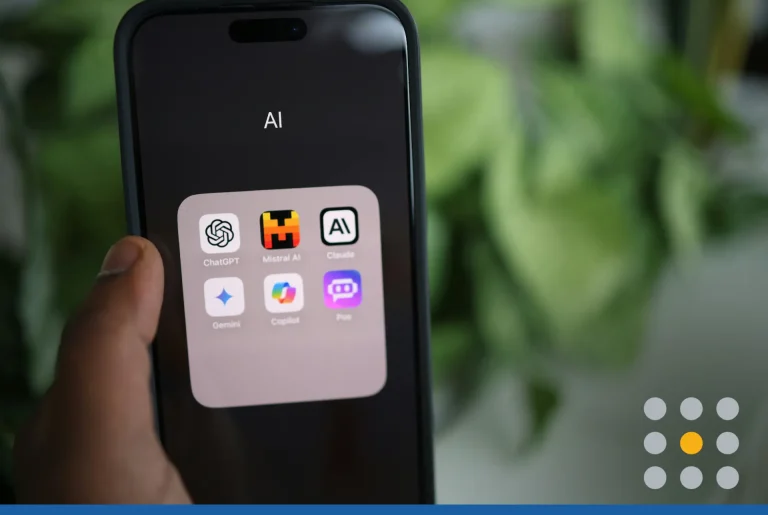20 years ago, just having a website was often considered enough to set a business apart from the competition. Fast-forward to 2017, and not having a website means few people will take your business seriously. It’s no longer good enough to just have a bare-bones site for your customers to visit—it has to speak for your company values to really turn heads.
Not sure where to start when it comes to what makes a good website? Here are four crucial design elements that every small business website needs in 2017. All of these can make it easier for prospective customers to find you and learn more about your business—not to mention make your company look more professional.
1. Mobile compatibility
These days, just about everyone has a smartphone in their pocket. While plenty of people still use laptops and desktops to browse the web, they’re more likely to reach for a phone or tablet when looking for quick information about a company, product, or service.
Your website needs to be accessible from mobile devices. That means:
- Images must stay the right size
- Pages remain properly sized
- The site maintains a consistent look
This isn’t always the case when a site designed for laptop/desktop viewing is scaled to mobile.
Fortunately, most website-building services offer mobile optimization as part of their packages, which means scaling for mobile happens automatically with each new update to your site.
2. Professional logo design
Your logo is going to play a key role in the look and feel of your website and must be front and center(especially on the homepage), which means it will hopefully get in front of thousands of eyes each month.
A logo that misrepresents its brand will do nothing but cause a disconnect, likely losing potential customers and followers in the process. Working with an online logo maker is one way to develop a logo that turns heads.
3. Simple navigation and UI
Your website is essentially a tool for relaying pertinent information to current and prospective customers as quickly and efficiently as possible. This means that navigation (how one moves throughout the site) and UI (user interface, or what the user experiences when browsing a site) are extremely important to focus on.
According to Time Magazine, attention spans are shorter than ever in the past, and websites that are overloaded with too many pages and navigational buttons can cause people to leave. Why? Because they end up getting overwhelmed with options.
When designing your company website, focus on getting the point across in a simple manner. Copy should be clean and easy to read, and design elements should be easy to use and modern. Avoid the temptation to add more imagery or text than is absolutely necessary—your visitors will thank you for it.
4. Front-and-center contact info
If your main goal in creating a new website is to bring in new clients or customers, you can’t afford to keep your contact info hidden from plain view. A “Contact” page is always important, but it should exist on the bottom of each page of your site. Font size and type should be on the larger side, clear, and to the point. The idea isn’t to bombard your visitors with ways to get in touch with you, but rather to make it as easy as possible for them to find this information in the first place.
So don’t just takes guesses about what makes a good website. Start with design elements that are proven to convert, and branch out from there—the options for taking creative liberty are endless.
If you’re ready to start building your business website, get some ideas by looking at our website builder templates, tools, and features.







